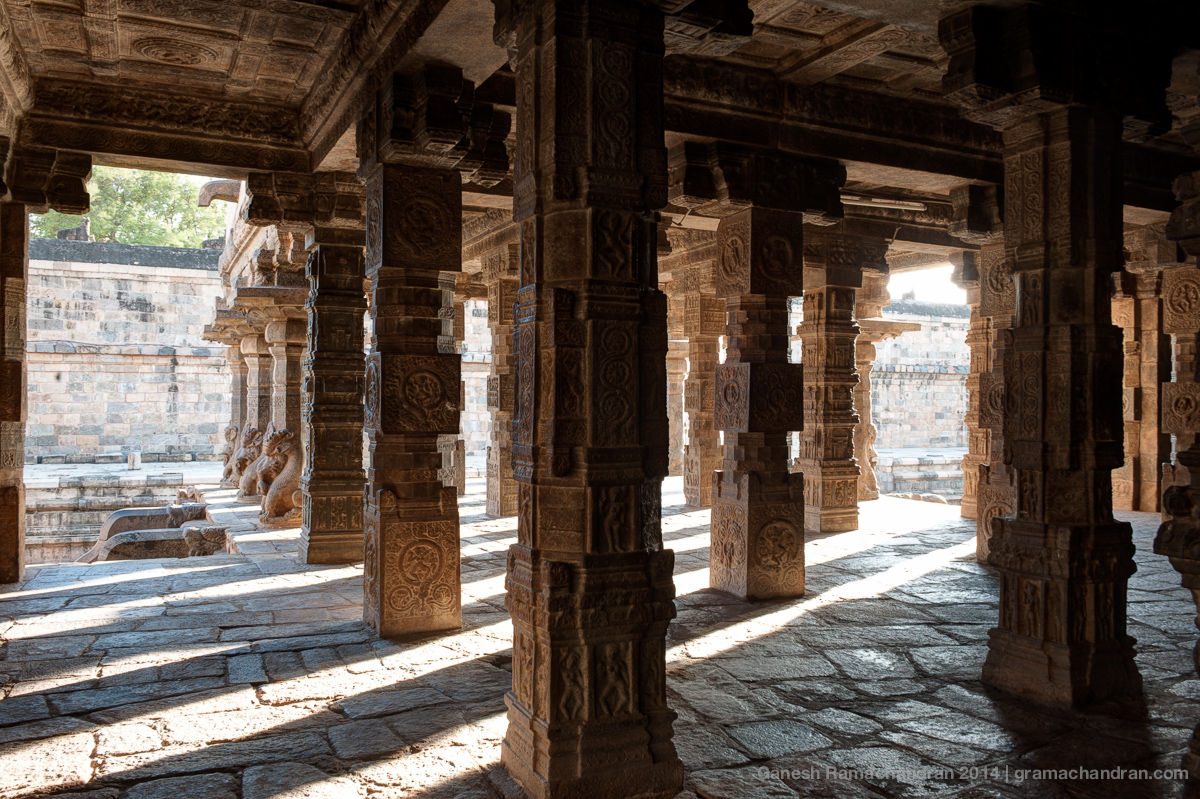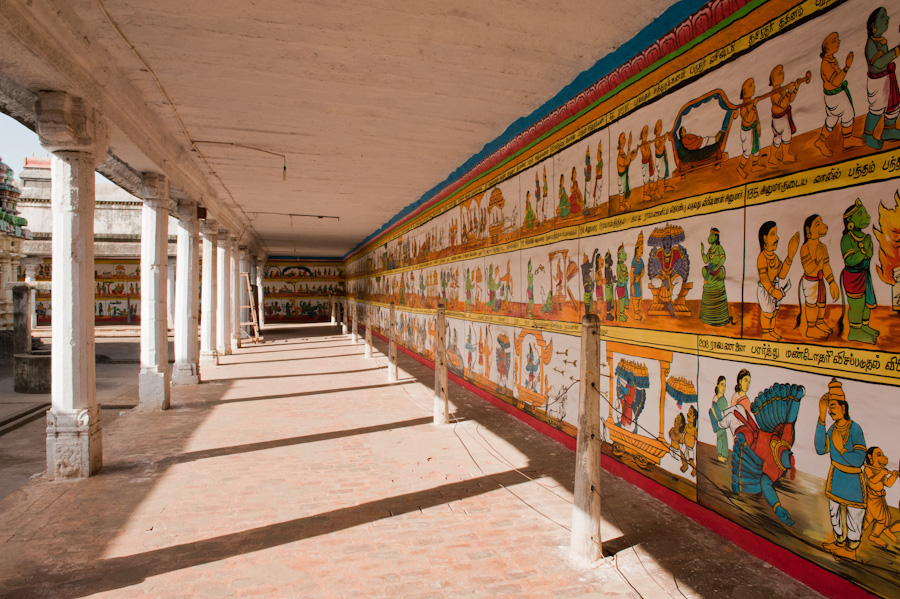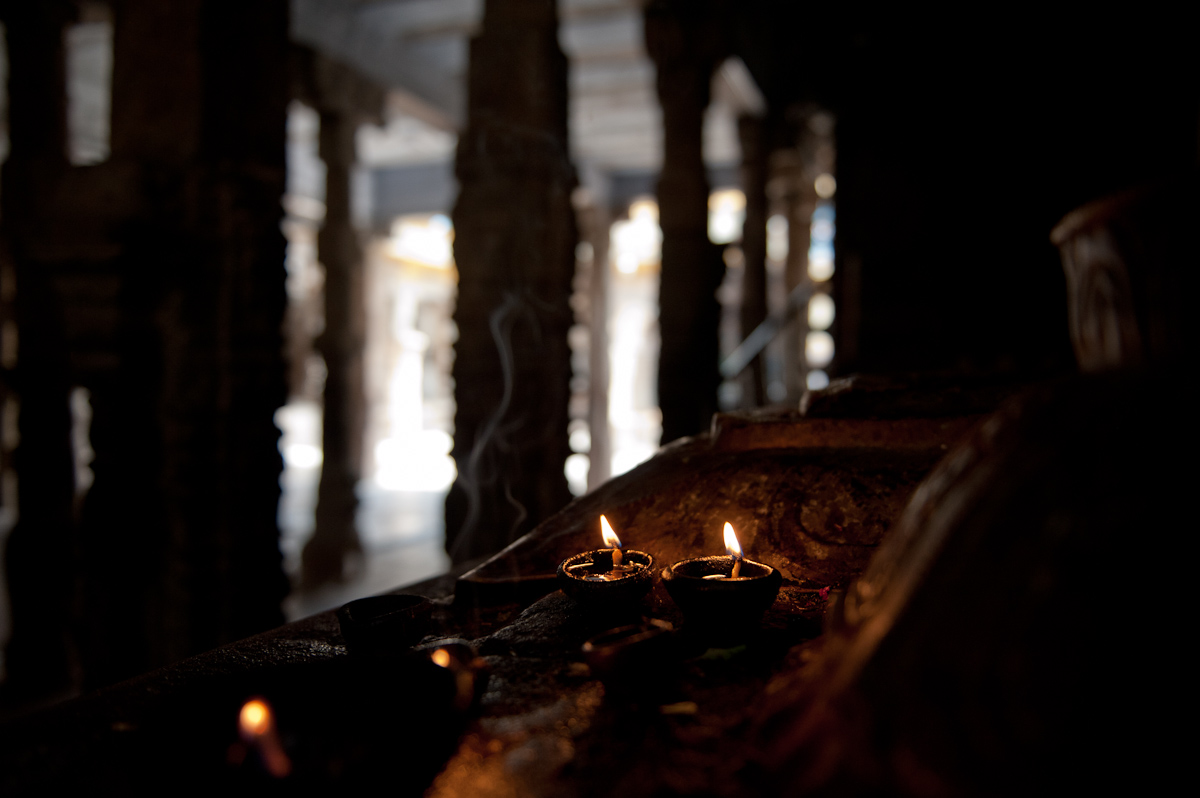BHARATANATYAM
Bharatanatyam is an Indian classical dance form that grew in the temples and courts of South India. It was practiced by the Devadasis, or temple servants, who handed down the dance through the ages. It is probably the oldest among the contemporary Indian classical dance forms, with deep roots within Bharata's Natya Shastra, the treatise on ancient Indian drama that dates back the second century B.C.
Today, Bharatanatyam is one of the most popular and dynamic of Indian classical dance forms, performed both by soloists and by groups. Its key features are its nritta (pure movement or technique) and its abhinaya (mime or expression). The nritta of Bharatanatyam is notable for its complex rhythmic patterns, the clear geometries made by the dancer's body, and the geometries within the performance space. The abhinaya of traditional Bharatanatyam revolves around a heroine in a state of anticipation of union with her beloved. As this woman is also a metaphor for the human being waiting for union with the Unseen, it can be interpreted in either a religious or secular framework. The combinations and subtleties of these movements and themes, their close connections with Carnatic music and the vast realm of Indian mythology, give Bharatanatyam a rare union of complexity and accessibility which are key to art of great beauty.





